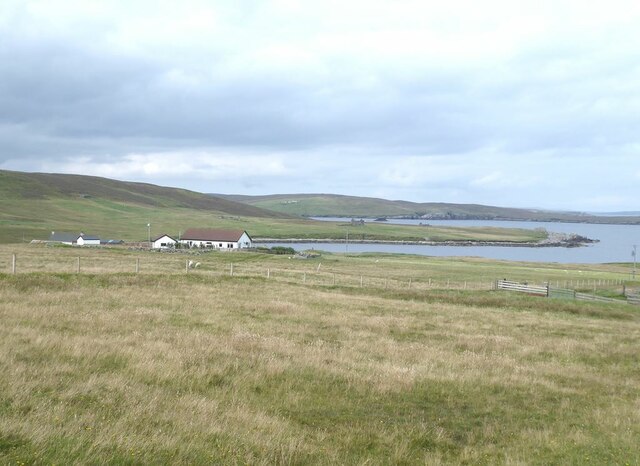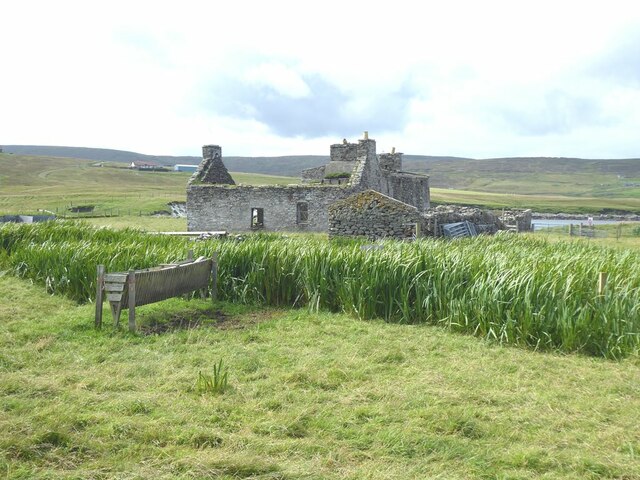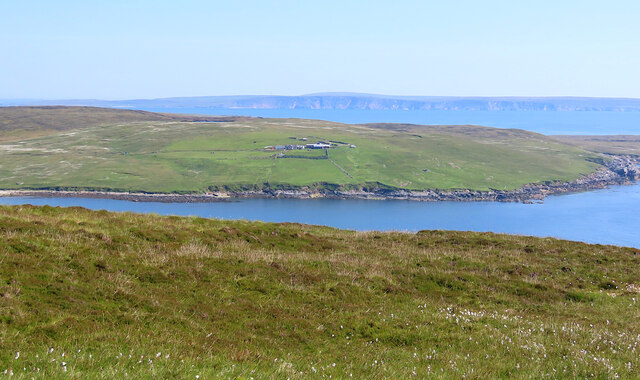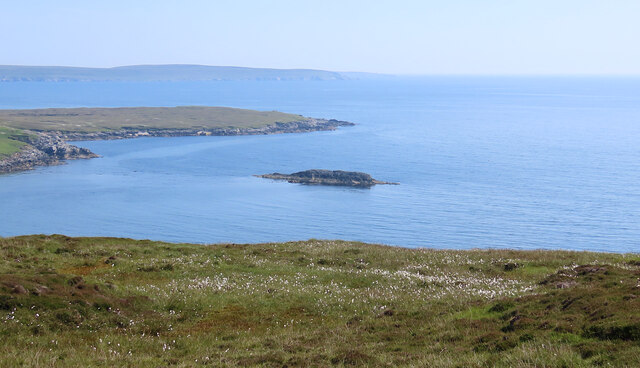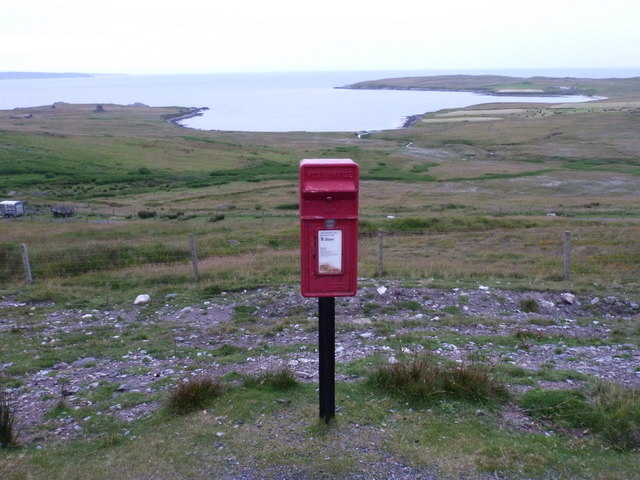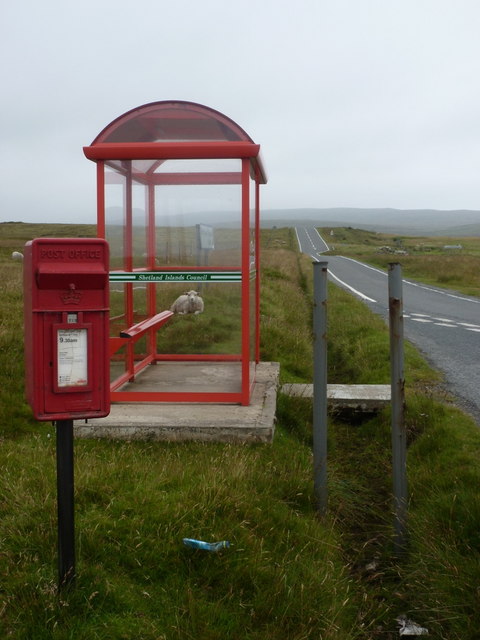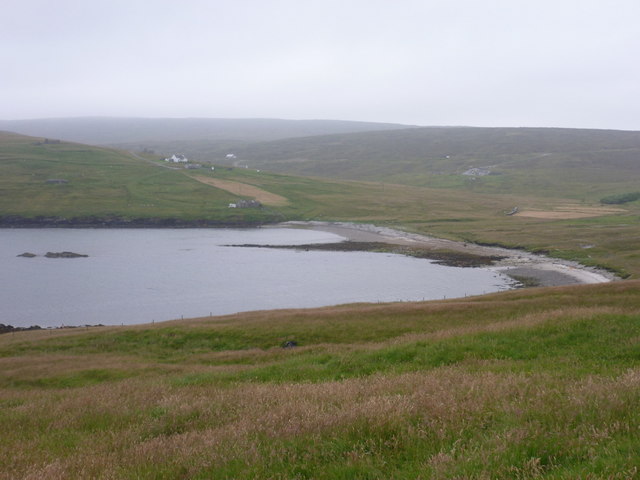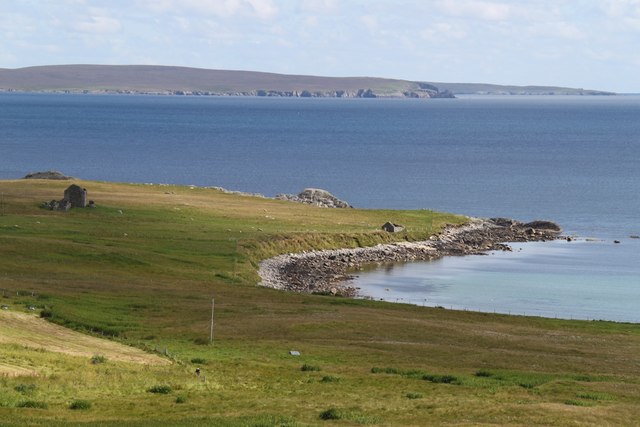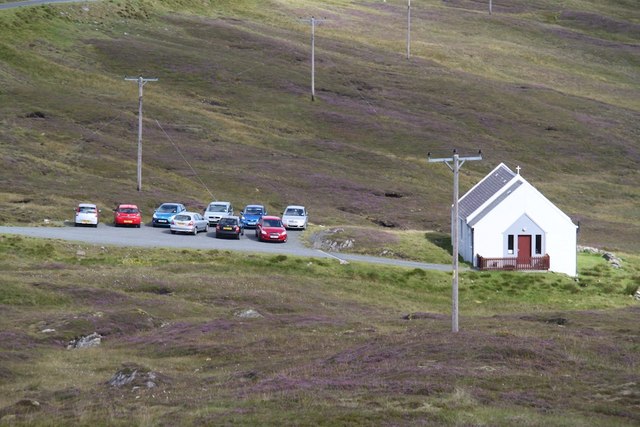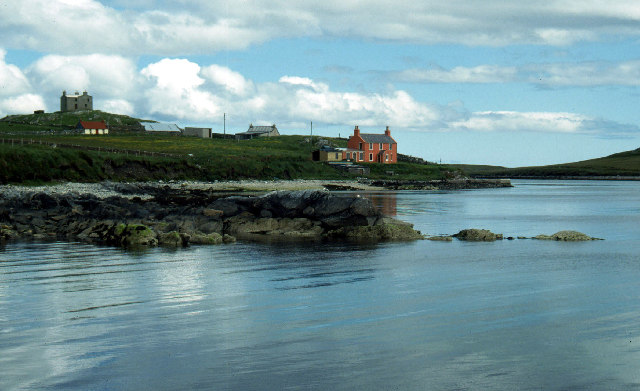Swarta Skerry
Coastal Feature, Headland, Point in Shetland
Scotland
Swarta Skerry
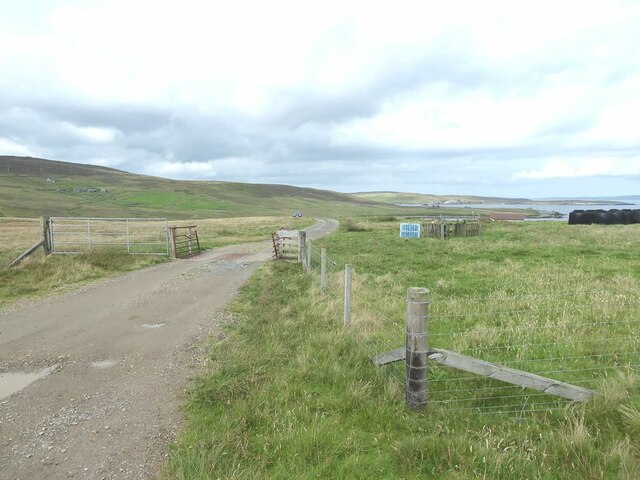
Swarta Skerry is a prominent coastal feature located in the Shetland Islands, Scotland. It is a headland that juts out into the North Sea, forming a distinctive point that is visible from miles away. The name "Swarta Skerry" translates to "Black Skerry," referring to the dark-colored rocks that make up this geological formation.
The headland is composed of ancient volcanic rocks, primarily basalt, which have been shaped over centuries by the relentless force of the sea. Swarta Skerry rises steeply from the surrounding coastline, creating a dramatic and rugged landscape. The cliffs reach an impressive height, providing a nesting site for various seabird species, including guillemots and kittiwakes.
The area around Swarta Skerry is known for its rich marine life. The strong currents and nutrient-rich waters attract an abundance of fish, making it a popular spot for fishing enthusiasts. Additionally, seals and otters can often be spotted swimming in the surrounding waters, adding to the area's natural beauty.
Visitors to Swarta Skerry can enjoy breathtaking views of the North Sea and the surrounding coastline. The headland is accessible by foot, and there are several walking trails that lead to the point, allowing visitors to explore the area's diverse flora and fauna. However, it is important to exercise caution when navigating the cliffs, as they can be slippery and unstable.
Overall, Swarta Skerry is a captivating coastal feature in the Shetland Islands, offering stunning vistas, diverse wildlife, and a glimpse into the geological history of the region.
If you have any feedback on the listing, please let us know in the comments section below.
Swarta Skerry Images
Images are sourced within 2km of 60.545204/-1.0453192 or Grid Reference HU5285. Thanks to Geograph Open Source API. All images are credited.
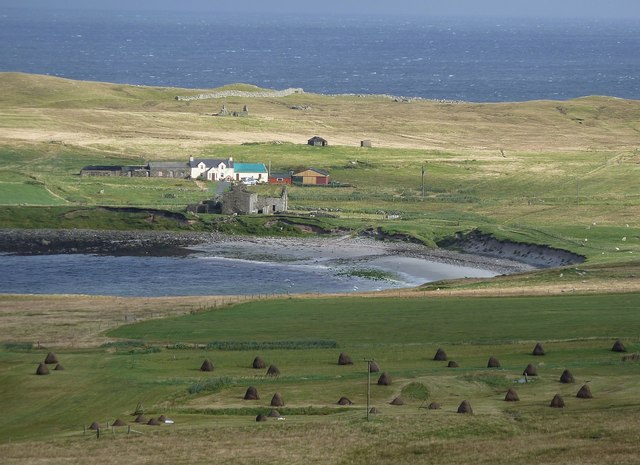
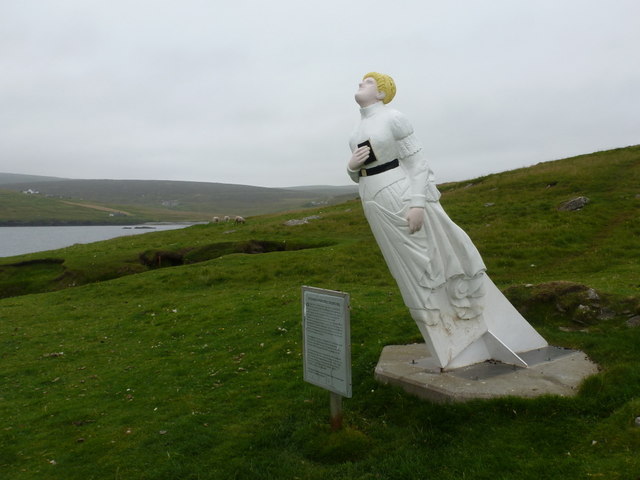
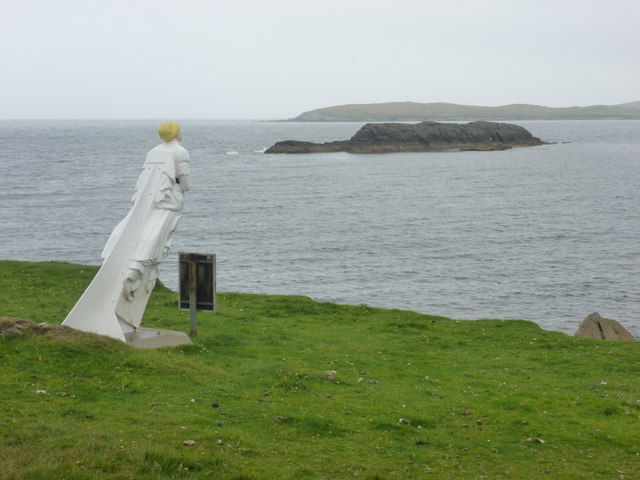
Swarta Skerry is located at Grid Ref: HU5285 (Lat: 60.545204, Lng: -1.0453192)
Unitary Authority: Shetland Islands
Police Authority: Highlands and Islands
What 3 Words
///hugs.cosmic.happen. Near Ulsta, Shetland Islands
Nearby Locations
Related Wikis
Otterswick
Otterswick is a hamlet on the island of Yell in the Shetland Islands, on the inlet of Otters Wick. It is on the east side of the island. There is also...
Gossabrough
Gossabrough is a coastal hamlet, wick and ness on the southeast side of the island of Yell, Shetland, Scotland. The Wick of Gossabrough lies between the...
Aywick
Aywick is a small settlement on the east side of Yell, an island forming part of the Shetland Islands north of Scotland.The naturalist Bobby Tulloch was...
Burravoe
Burravoe is a community on the north shore of Burra Voe, in the south-east part of the island of Yell in the Shetland Islands, Scotland. The name Burravoe...
Burra Voe
Burra Voe (Old Norse: Borgavagr, Broch Bay) is sheltered bay (voe) at the southeast corner of the island of Yell. The village of Burravoe (HU525795) is...
Old Haa Museum
The Old Haa of Brough in located in Burravoe, Yell, Shetland, Scotland. Built for Robert Tyrie, a merchant, in 1672, houses the local museum for Burravoe...
Mid Yell
Mid Yell is a coastal settlement on the island of Yell, the second largest of Shetland Islands, Scotland. Mid Yell, the largest settlement on the island...
Copister
Copister is a village in Yell. It is a former centre for haaf fishing, and has a shingle beach. == References == Blackadder, Jill Slee (2003). Shetland...
Nearby Amenities
Located within 500m of 60.545204,-1.0453192Have you been to Swarta Skerry?
Leave your review of Swarta Skerry below (or comments, questions and feedback).
